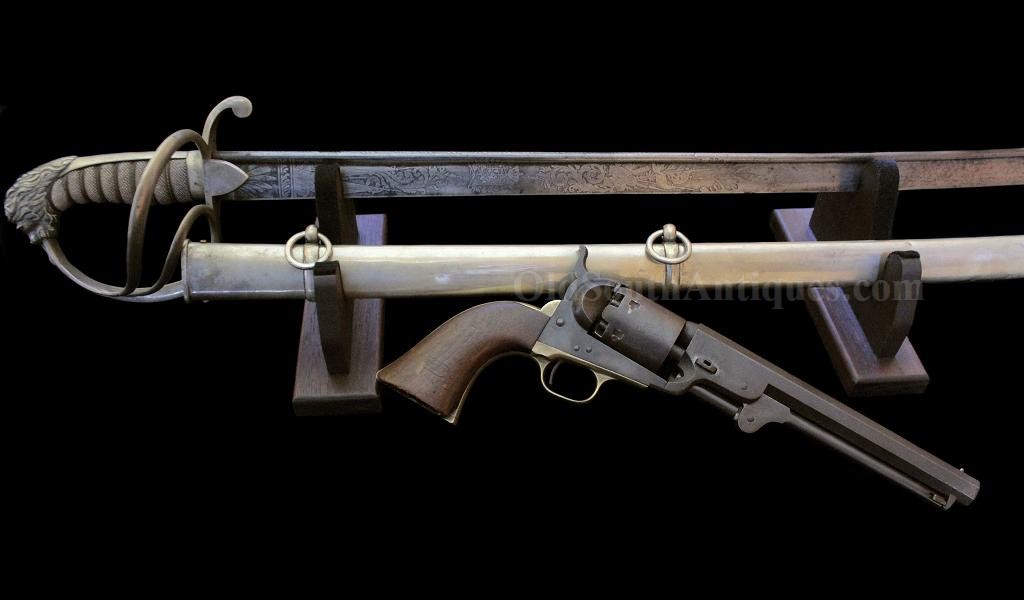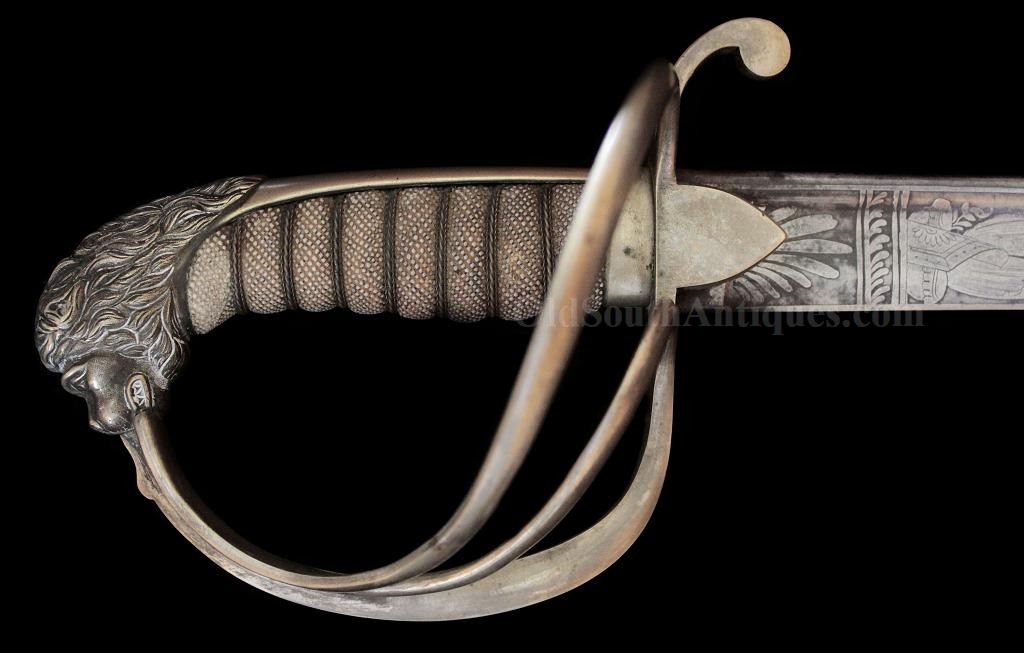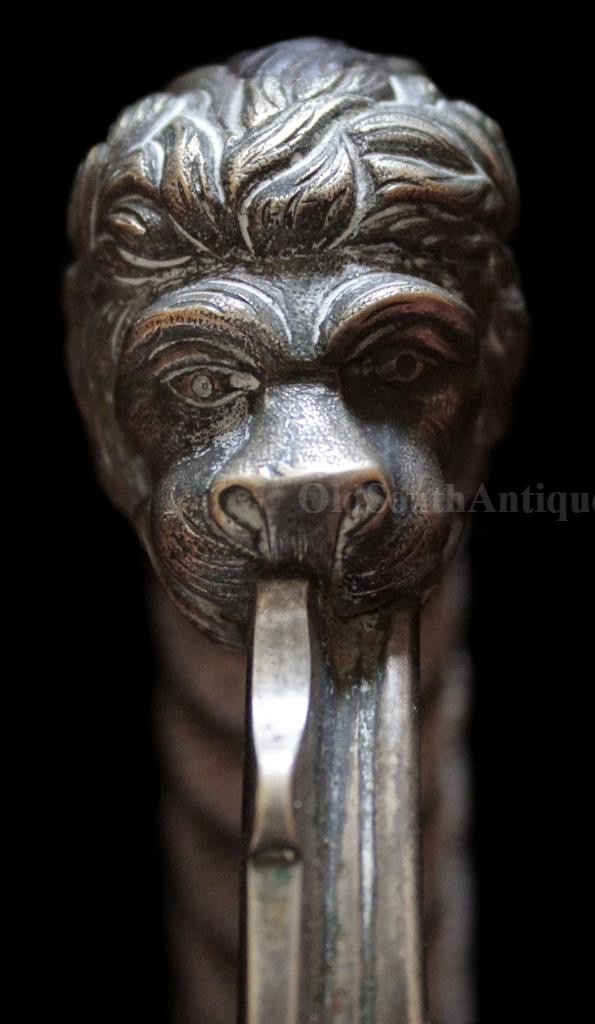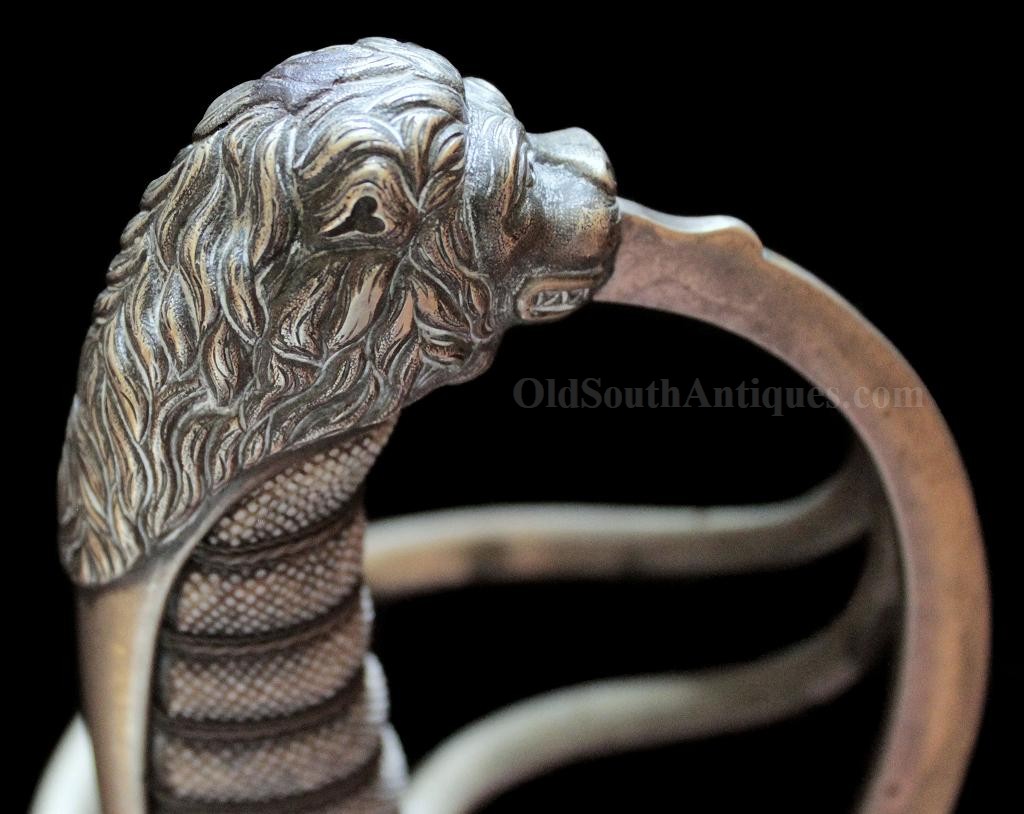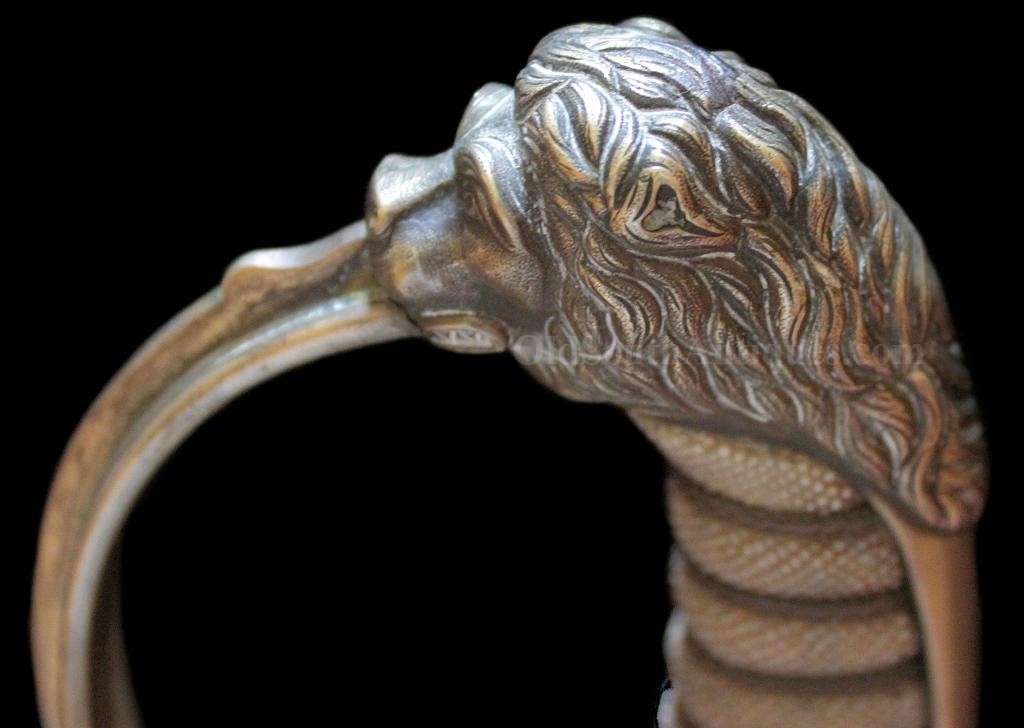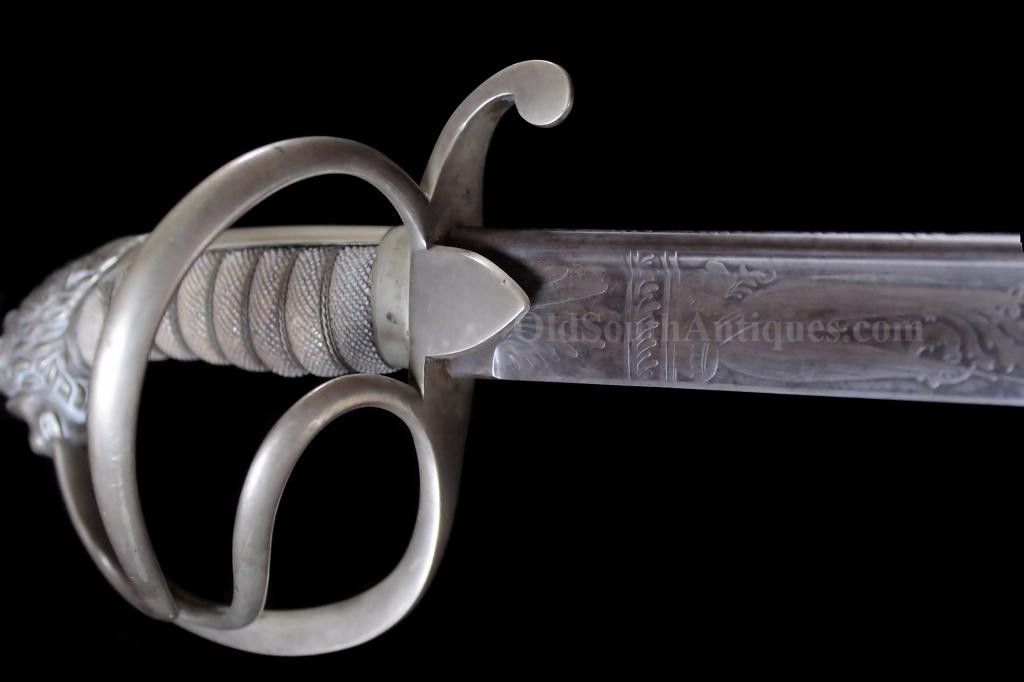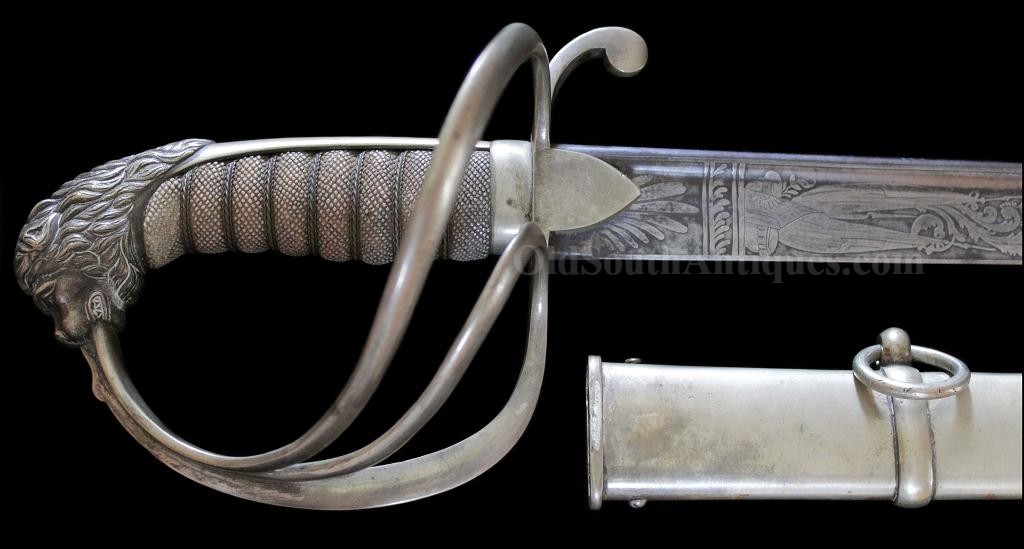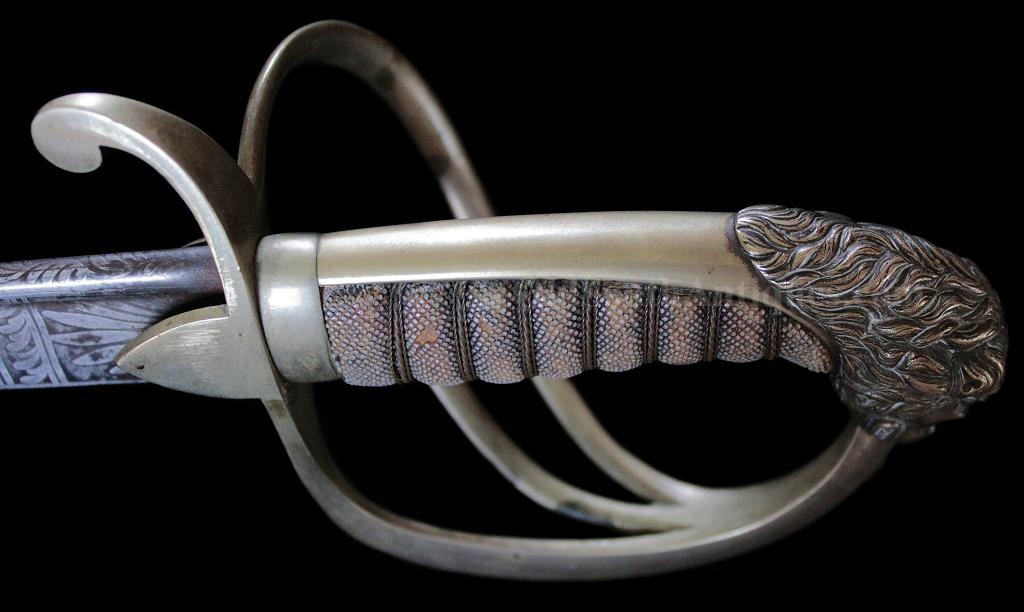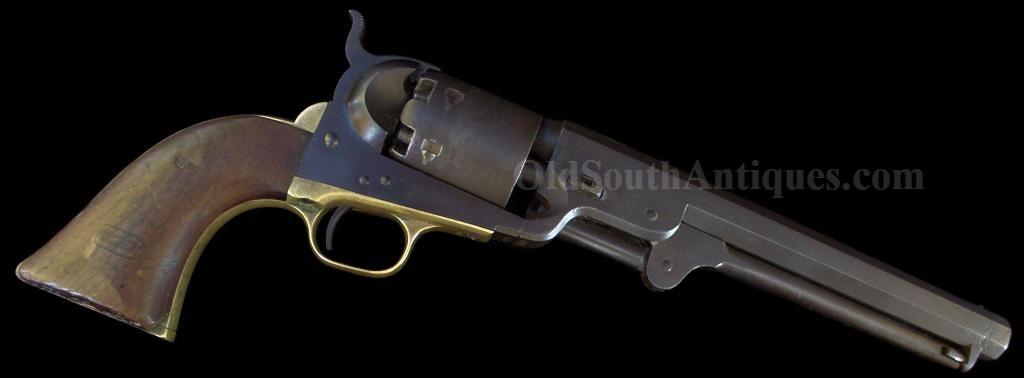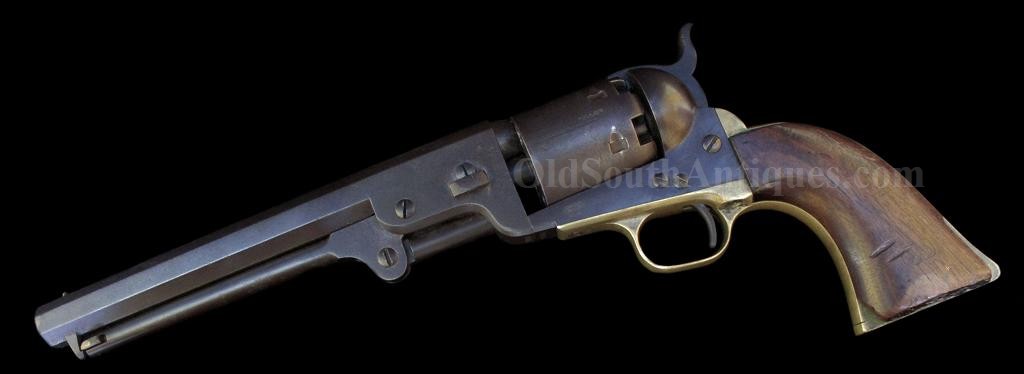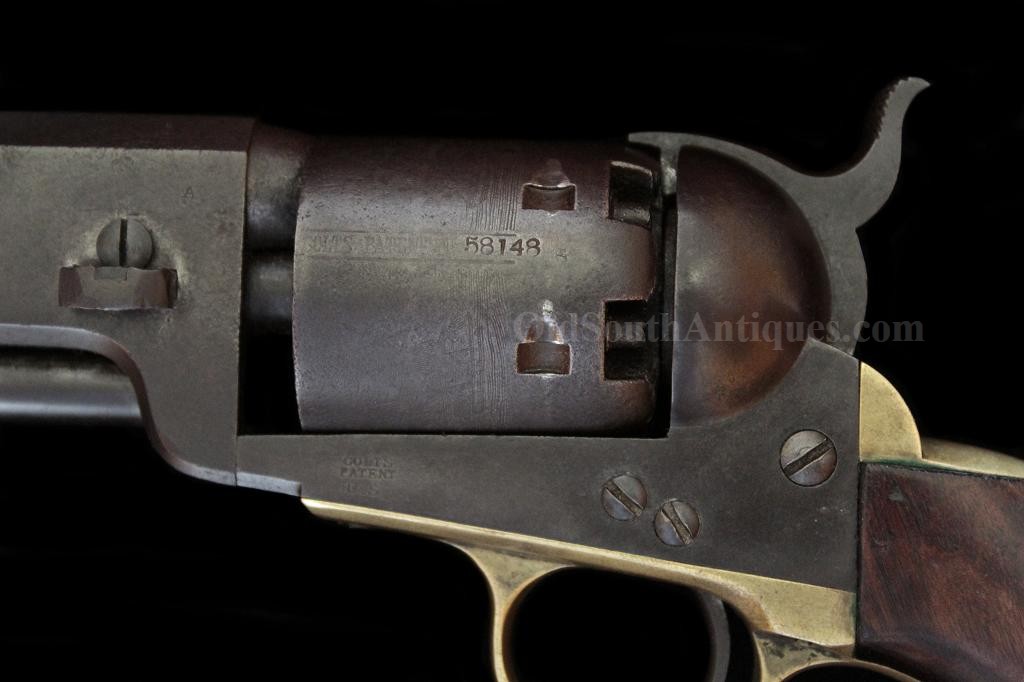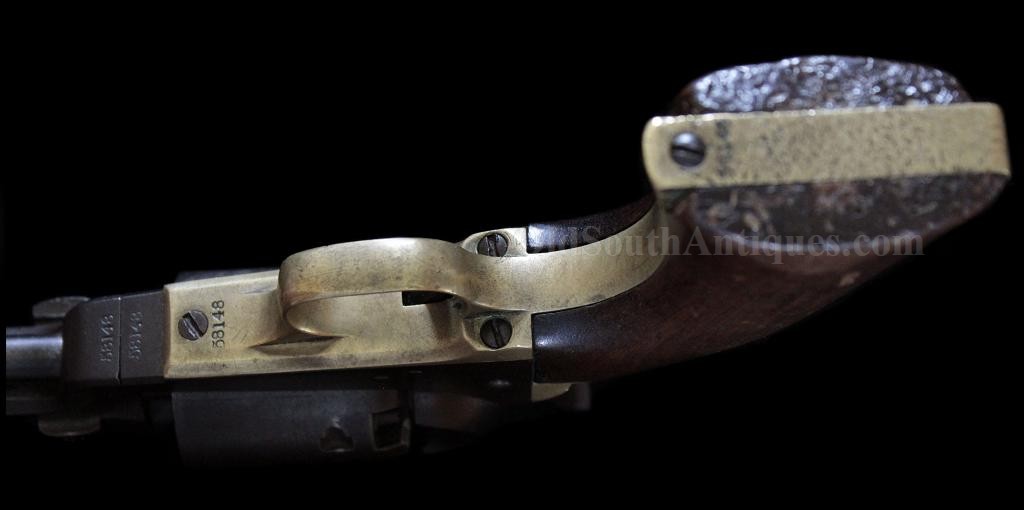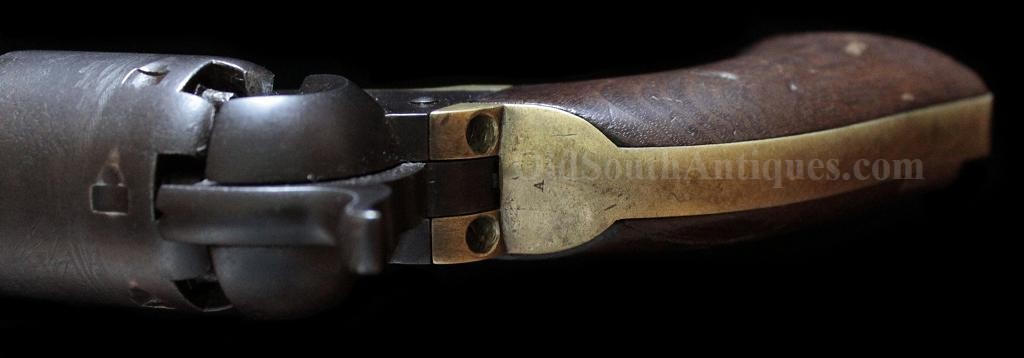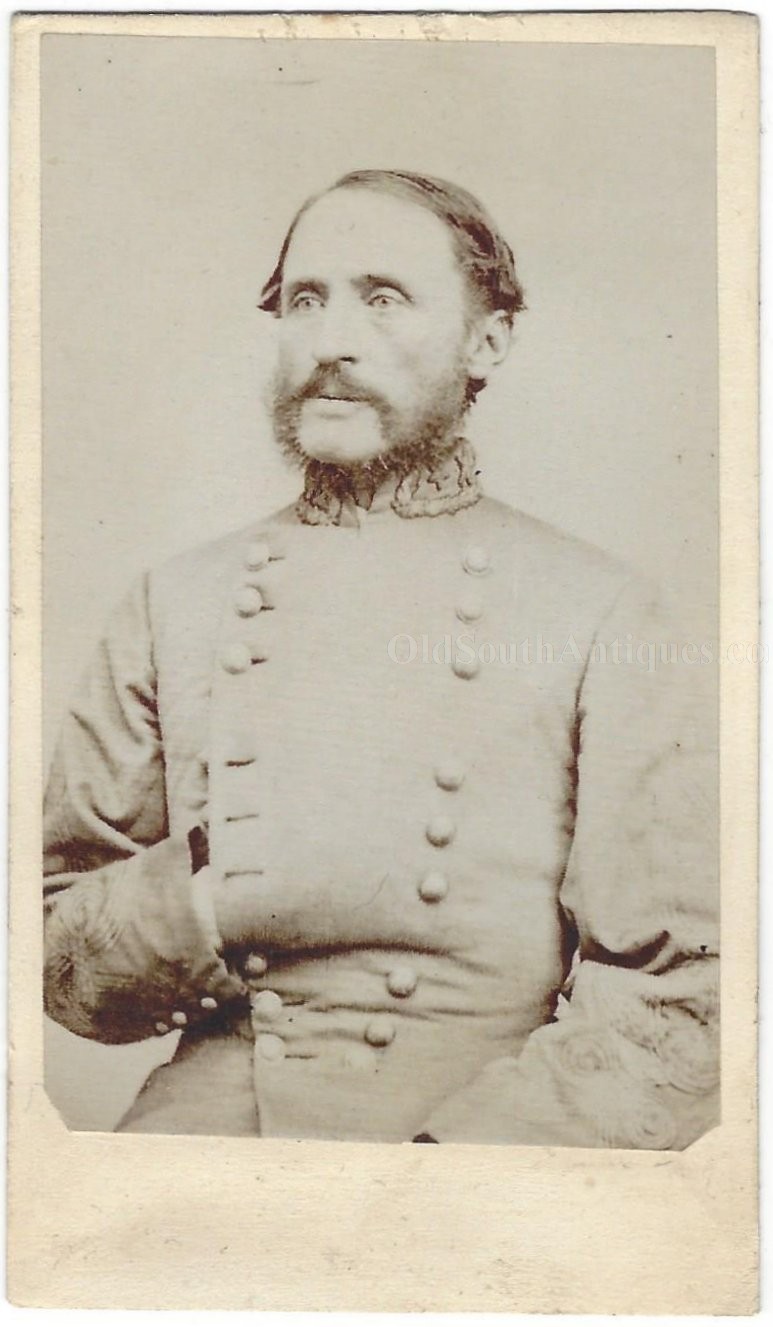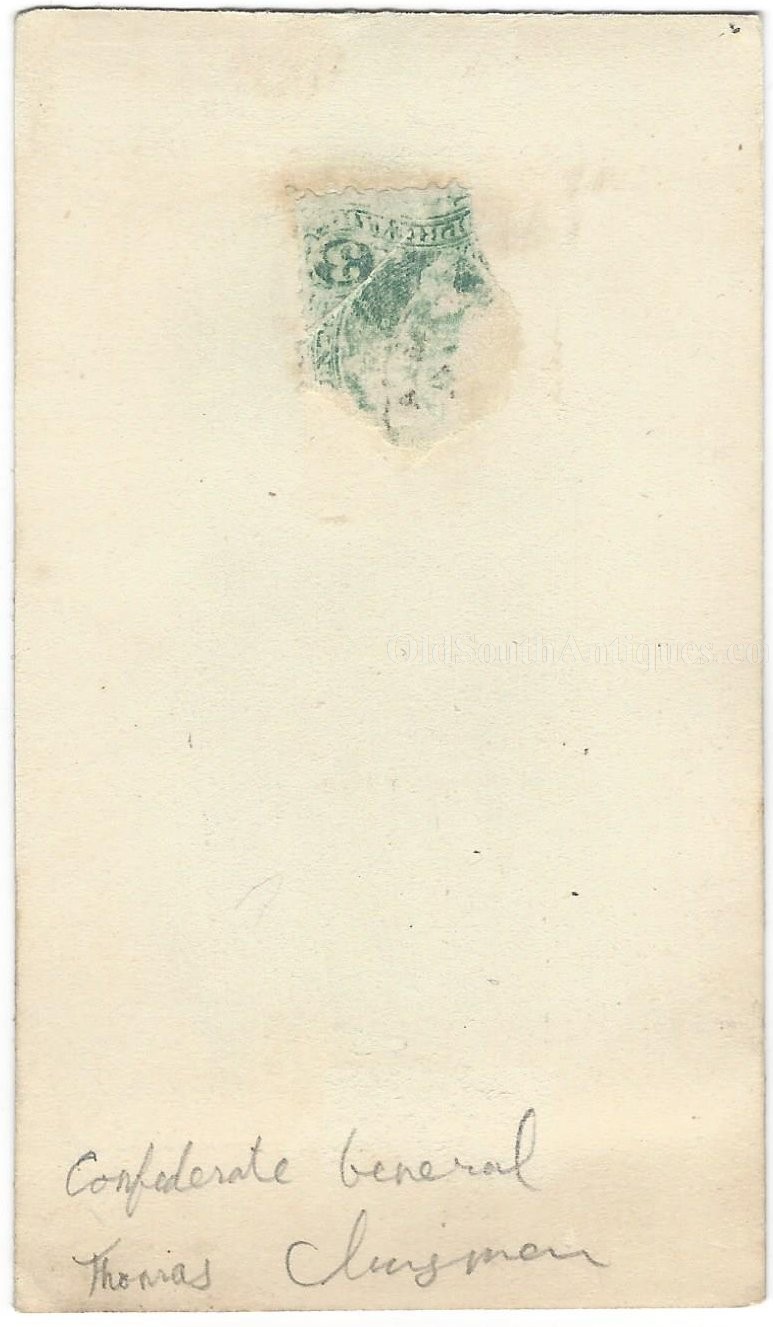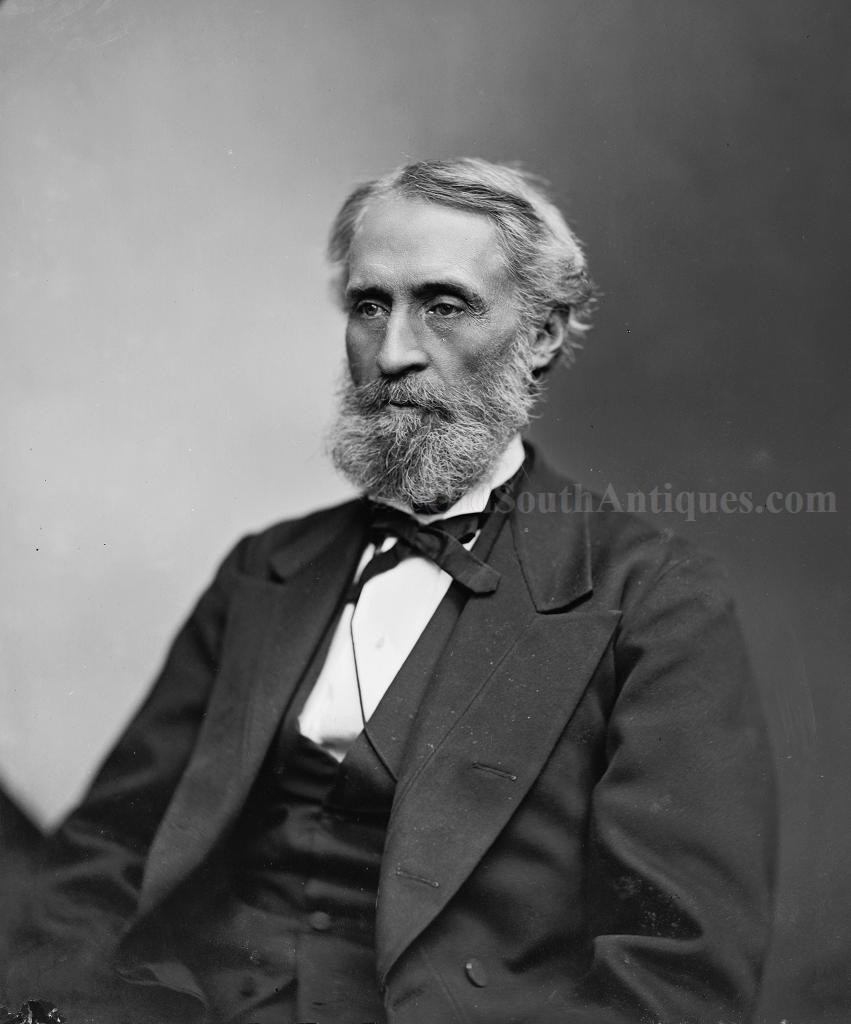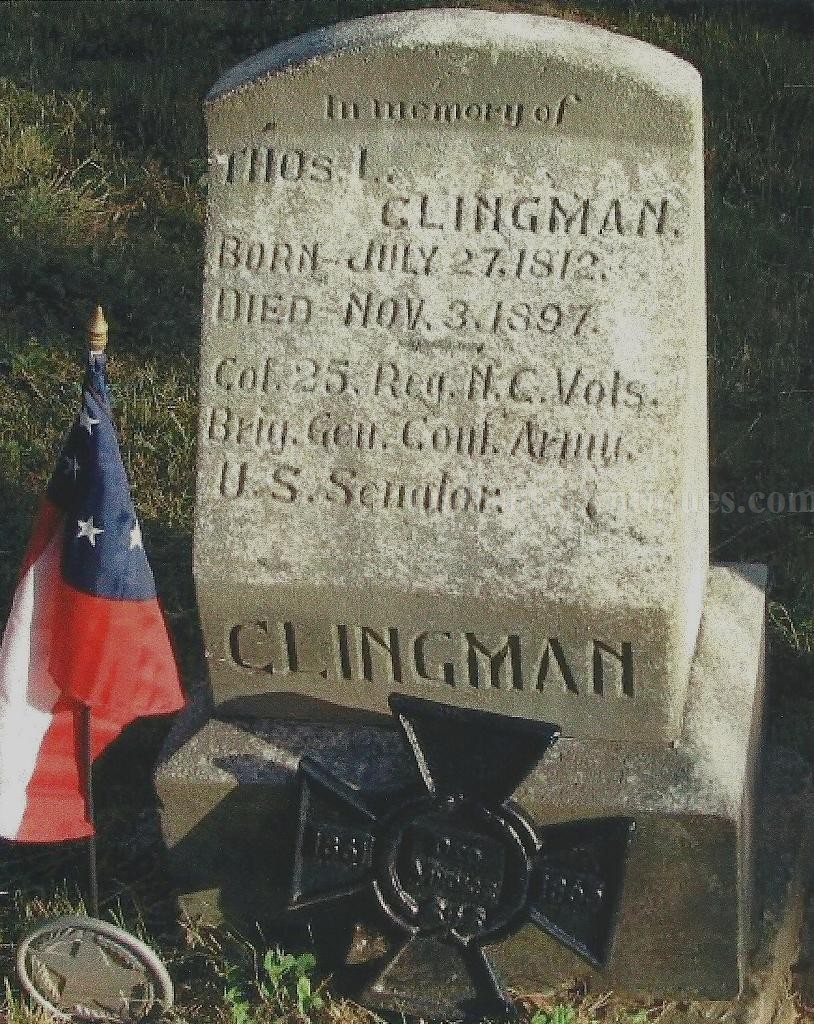
| Catalog | Past Items | Order Info | Terms/Conditions | About Us | Inventory Clearance |
Brigadier General Thomas Lanier Clingman was born in Huntsville, North Carolina, July 27, 1812. He graduated from the University of North Carolina in 1832 with high honors, after which he studied law, and then settled in the mountains of Asheville, Buncombe County, North Carolina. He was elected to the North Carolina state senate in 1840. Later he was elected to the United States Congress as Whig and served continuously from December 4, 1843, till June 14, 1858, with the exception of the 29th Congress.
During his long career in the house, extending over thirteen years, he participated in nearly all of the important debates, and as chairman of the committee on foreign affairs acquitted himself with ability. His first week in congress was marked by an encounter with Henry A. Wise, of Virginia, in which he displayed great readiness and self-possession. His speech against the so-called "21st rule" (a pro slavery rule) was extensively published. Later his speech on the causes of Henry Clay's defeat led to a duel between himself and William L. Yancey, of Alabama. Yancey had made a speech and Clingman was offended by the tone of Yancey’s speech, shouting "that’s a lie”. Yancey struck him, and Clingman knocked Yancey down. Afterwards Yancey refused to clarify that he had not intended to impugn Clingman’s honor. Clingman challenged Yancey to a duel, and he accepted. They exchanged one pistol fire in nearby Beltsville, Maryland; neither combatant was injured.
It is said that while a member of congress he attended every day's session of the house without a single exception. He was originally a Whig, but subsequently joined the Democratic Party. In 1855 he measured and made known, through the Smithsonian Institution, the highest point of the Black Mountain, since designated as "Clingman's Peak," and in 1858 he determined the highest point of the Smoky Mountain, designated on the maps of the coast survey as "Clingman's Dome". He also made known the existence in North Carolina of the diamond, ruby, platinum, corundum, and many other rare minerals, and the important mica-mines in Mitchell and Yancey counties were first opened by him.
In 1858, on the appointment of Asa Biggs as United States judge for the district of North Carolina, Mr. Clingman was selected by the governor of that state to fill the vacancy in the senate, and he was subsequently elected to serve six years after March 4, 1861; but he withdrew on March 28, 1861, preceding his state by two months. Upon North Carolina’s secession on May 21st, he was sent as a commissioner to the Confederate congress, to give assurances that North Carolina would co-operate with the Confederate states, and was invited to participate in the discussions of that body.
Clingman served as an aide to Joseph E. Johnston at 1st Manassas and he was elected Colonel of the 25th North Carolina Infantry on August 13, 1861.
Colonel T.L. Clingman was promoted to Brigadier General on May 17, 1862 and was given command of the 54th and 55th North Carolina Infantry. On November 11, 1862, Brigadier General Clingman was named commander of a four regiment brigade comprised of the 8th, 31st, 51st, and 61st North Carolina infantry. His command was sent to the eastern counties of North Carolina to prevent Federal troops from making further inroads into the state. His brigade was driven in its first fight at Goldsboro, North Carolina, but Clingman fought "absolutely without fear” according to a witness.
His Brigade spent the remainder of 1862, 1863 and early 1864 traipsing up and down the coast to thwart real and imagined threats. Its most notable service on Sullivan’s Island where it aided in the defense of Battery Wagner where General Clingman commanded for a short stint.
The demands on Lee’s Army as a result of Grant’s Overland Campaign inexorably drew the Brigade to Virginia and the front. Clingman and a portion of his men were the first troops to face Butler’s drive on Petersburg, resulting in the Bermuda Hundred "bottleneck”. Clingman’s Brigade was in the thickest of the fight for the next one hundred days, finally getting a chance to show how they had matured as a fighting brigade since the early days at Goldsboro. They redeemed themselves right well, fighting at Drewry’s Bluff, Cold Harbor, Ware Bottom Church, Petersburg June 16-18, and at the Crater. At Cold Harbor, though his entire staff was killed or wounded Clingman stood at the forefront and rallied his men while armed only with a fence rail and drove back Grant’s legions. This scene would no doubt make a wonderful painting.
Of this terrible fighting he wrote: "The instant I saw them, as my men had been firing at objects-elevated on the hill, I was apprehensive that they may fire to high, I therefore in a loud voice, said: 'AIM LOW AND AIM WELL!' As I did this a tall and uncommonly fine looking officer in the front rank of the enemy's column, hearing the order and looking at me directly in the face, though he changed countenance for a moment, took off his cap and waving it about his head, cheered his men in words which I could not catch. Just as he had placed his hat back on his head, and before he had time to lower his hand again to his side, a soldier immediately on my right discharged his musket and the ball entered the upper part of his forehead, and he fell backward staggering the two men behind him.
The discharge from my line at once knocked down the front ranks of the column, while the oblique fire along the right and left cut down the men rapidly all along the column towards the rear. In a few moments the whole column either acting under orders, or from panic, lay down. Nothing could have been more unfortunate for them. While they thus lay there, the men of my command continued to reload and discharge their pieces into the thick, dark mass. The officers fired their repeaters, while such as had none occasionally borrowed muskets from privates and discharged them at particular individuals.
As the survivors lay still to avoid attracting particular attention, it was soon impossible to distinguish the living from the dead. After some fifteen or twenty rounds had been fired into the prostrate mass, I directed the firing to cease. Upon this occurring, a portion of the column, not I think, more than one-tenth, arose and fled to the rear; many of these, however, were shot down as they attempted to escape."
On June 25th, 1864 General Clingman wrote to Henry K. Burgwyn that he had been in the trenches for more than fifty days.On August 19th General Clingman was severely wounded in the leg during the fighting at Globe Tavern. His wound would take him out of the battle for the next seven months, many urged Jefferson Davis to promote him to Major General and Davis seriously considered Clingman to replace the now dead S. D. Ramsuer, but Clingman was too disabled from his wound to play a major role. In a bid to command his own brigade as rearguard to the Army of Tennessee Clingman urged Joe Johnston to "make this a Thermopylae”, Johnston replied, "I am not in the Thermopylae business” and once again retreated.
Except when disabled with wounds, General Clingman served through the entire War, surrendering with General J. E. Johnston in April, 1865.
Having no military training before the War, Clingman was slow coming to the fore, but after he and his brigade had been forged and hardened in fire they became an integral part of the Army of Northern Virginia and had he not been severely wounded at Globe Tavern he would no doubt have risen to divisional, if not corps, command in that illustrious army.
The General’s silver hilted presentation grade sword is an ornate custom English Model 1822 officer’s pattern and is likely one of a kind. The blade is elaborately etched with coat of arms, panoply of arms, cannon, shields, flags and spears; even the spine is etched.
The sword remains in beautiful condition and is as tight as when it was made and the etching stands out in strong relief. Its heavy silver gilt shows wear, but remains virtually one hundred percent complete. Its scabbard also has a heavy silver gilt, which remains in beautiful condition; there is not a single dent in the scabbard but numerous small dings. The General’s Colt Navy Revolver is serial number 58,148 so it was made well before the War and he likely acquired it during his years in the U.S. Congress. The butt of the revolver appears as though the General used it to crack walnuts, otherwise the revolver is in very good condition.
Provenance is everything when considering such a prominent figure’s artifacts. In this instance, the following provenance pertaining to this group could not possibly be better. When I purchased the General’s sword I had the General’s descendant write a letter of provenance and have it notarized, and at this same time found that he had a brother living out west who had inherited the General’s revolver. I promptly tracked him down in Arizona and purchased the General’s revolver, thus reuniting the two weapons. I had him write a letter of provenance and have it notarized also. This is in essence a double provenance, so there can be no doubt that the sword and the revolver descended from General Clingman. The notarized letters of provenance, contact information and descent history will go with the group. Also included is a very high quality walnut case which completely encloses the group and a CDV of General Clingman. At first glance the CDV appears to be trimmed, but that is not the case, rather the image was applied to the cardstock at a slight angle.
These weapons have been part of my personal collection for many years, even though at the time I purchased them I had intended them for resale.
Weapons impeccably documented as having been used by a Confederate combat General are nearly all in institutions.Copyright © 2025 OldSouthAntiques.com All Rights Reserved.
Privacy Policy | Terms of Use
Powered by Web-Cat Copyright © 1996-2025 GrayCat Systems
